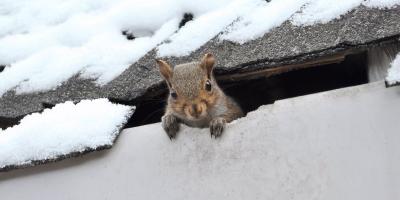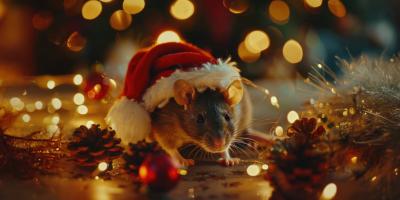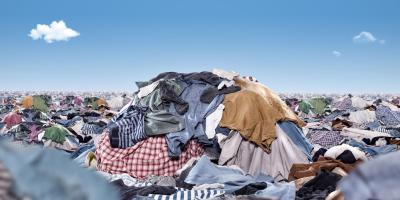Summer Means Fall Invaders Are Preparing to Move In

Summer has just begun, so why the need to think about autumn pests now?
Summer is the time to reserve your date on the schedule for Fall Invader Programs. The Fall Invader Program is a very popular service offered by JP Pest Services to prevent overwintering pests from selecting your primary or vacation home as their cold season hibernation site.
Aside from this service program’s popularity, the timing of effective treatments is limited to late August through mid-September, so the season to act is short and we are limited in our ability to get all the services completed on time. Our professionally trained Fall Invader Specialists typically begin their prevention programs in the North Country Regions of New Hampshire and Vermont and work their ways down to the lower valleys in Vermont, New Hampshire, and Massachusetts following the colder temperatures of autumn as they cascade from north to south.
Fall Invaders:
Most people who have lived in the New England Region are very familiar with the usual Fall Invader pest suspects. The most common pest in this group is the Asian ladybug beetle. While this bug is well known as a beneficial insect that eats plant destroying bugs like aphids, when it enters the home by the hundreds, it becomes a major nuisance pest. Ladybug beetles enter homes and other buildings in the late summer and through September and October.
Boxelder bugs are brilliantly colored in a black and red pattern. These insects are plant feeders and prefer boxelder, maple, and ash trees. They feed on the stems and seeds of these plants using their piercing-sucking mouthparts. They belong to the larger group of insects, Hemipterans, same as the stink bugs and western conifer seed bugs. Boxelder bugs will begin to cluster on buildings in late summer and early fall. This is the best time to treat for them before they move deep inside during the approaching colder months of fall and winter.
The western conifer seed bug (WCSB) is native to the western states but over the last 70 years have migrated eastward and are well established throughout the entire New England Region. WCSBs feed on pine, spruce, and fir trees. Trees can easily tolerate feeding by this bug, but people can’t stand having them as a winter resident within their homes and commercial buildings. These insects are reasonably large, slow flyers that tend to end up landing on people, furniture, walls, and ceilings. While the bug is harmless to people, food, and structures their nuisance factor reigns high.
Most of the bugs previously mentioned are innocuous to people, plants, and animals. However, the brown marmorated stink bug (BMSB) is harmful and destructive to many fruits and vegetables. This pest was introduced to the United States from China and has rapidly spread and adapted throughout much of the country since its introduction. Aside from its risk to agricultural and garden crops, the BMSB also begins to seek shelter from the winter in homes and commercial structures. These bugs do not bite and are not interested in stored food or the structure other than to use it as a hibernation site.
Cluster flies are parasites of earthworms. These flies are seldom seen inside buildings during the warm months of the year but when colder weather begins to set in, cluster flies seek refuge inside homes and buildings. As with all other Fall Invader pests, cluster flies do not bite, will not infest food, and do not cause harm to the structure where they hide. Once semi-warm days return in the early spring and earthworms come back to the surface, cluster flies return to the fields.
New Invader Moving North:
One of the newest Fall Invaders to gain the attention of the Department of Agriculture is the Asian Spotted Lanternfly (ASLF). This newer pest introduction from China began in Pennsylvania in 2014 and has been observed and collected in Central and Western Massachusetts. When, not if, the ASLF gets established in the New England Region, it will become a major overwintering nuisance pest in homes and commercial structures. The ASLF does not bite, eat stored foods, or damage structures where it hibernates, but it is quite destructive to many fruit crops, grapes, and trees including maple and walnut.
In general, all of these Fall Invaders are harmless to people, pets, buildings, and food. None of these pests reproduce inside. All Fall Invaders seek warmth and shelter within structures, will periodically appear during hibernation, and will all leave their shelter places in the spring each year. During the warm, sunny days of the winter, these pests will briefly emerge around the west and south facing walls and windows. Once colder weather returns, they go back inside.
After these insects have established themselves indoors, insecticide applications will not be effective. The time to preventatively treat these Fall Invaders is before they enter the structures and go into metabolic hibernation. The vacuum cleaner is the treatment tool of choice during the winter. Spraying the bugs at this stage is a waste of material and rarely effective in controlling the massive numbers of overwinter pests not seen. Warmer winters will lead to more nuisance sightings and the bugs will always return to hiding once the cold weather returns. The Fall Invader cycle repeats every year, so annual retreatments are required to maintain control over these nuisance pests.
If you are interested in preventing these unwelcomed guests from entering your home or commercial building, please contact JP Pest Services today.



